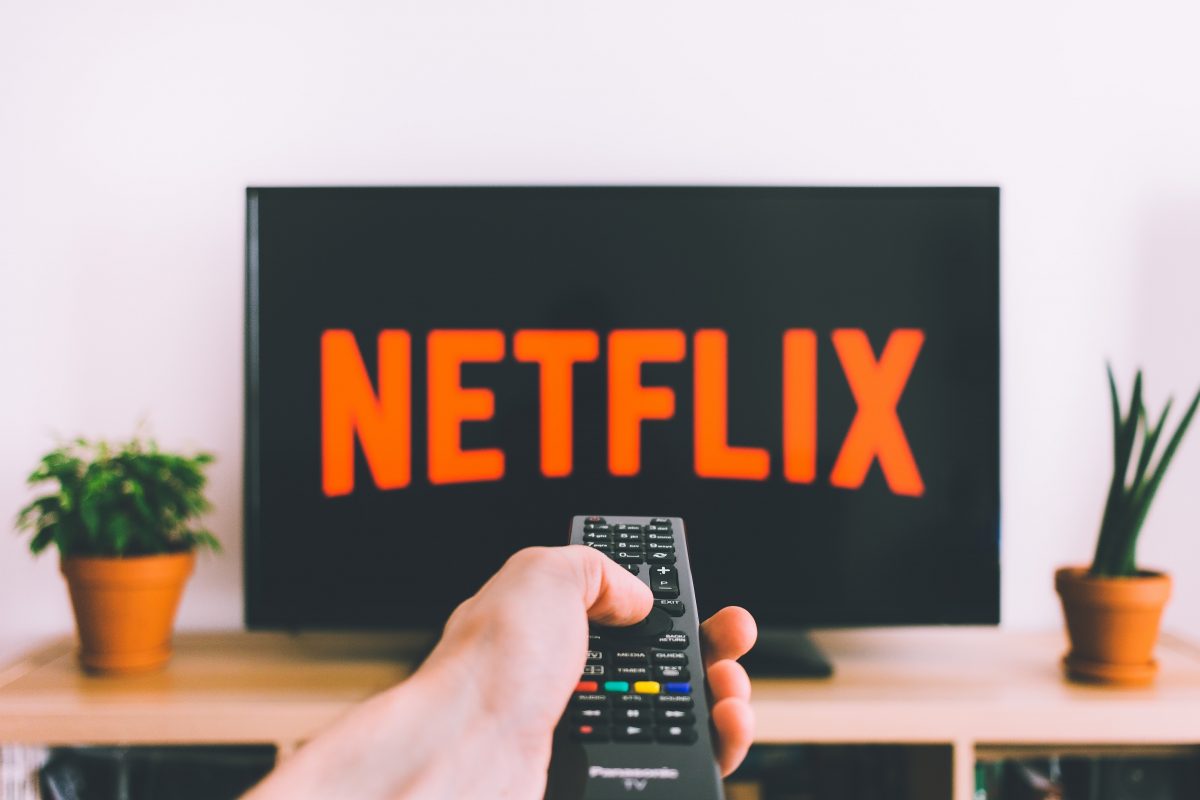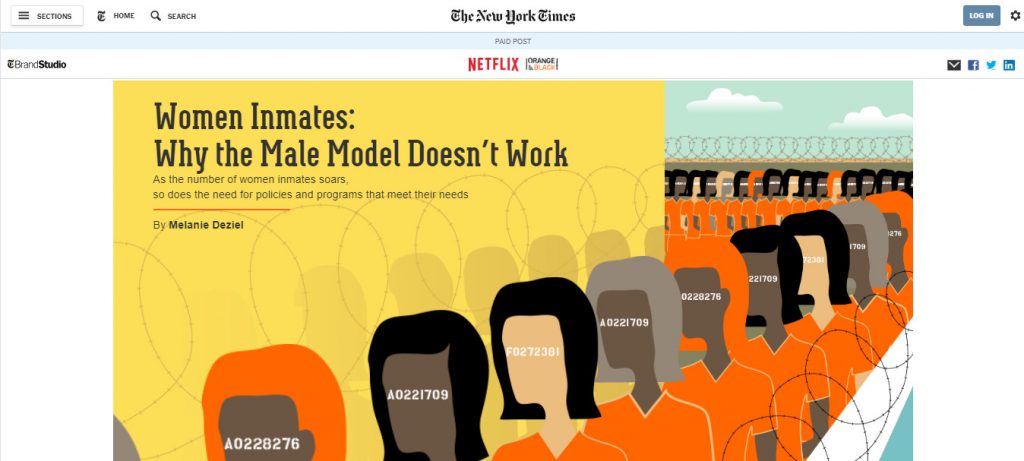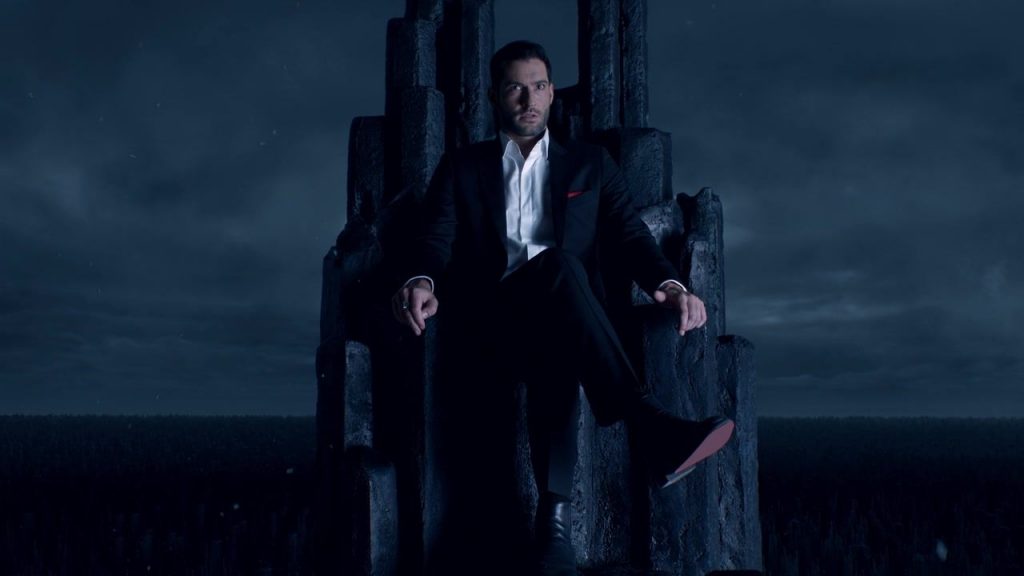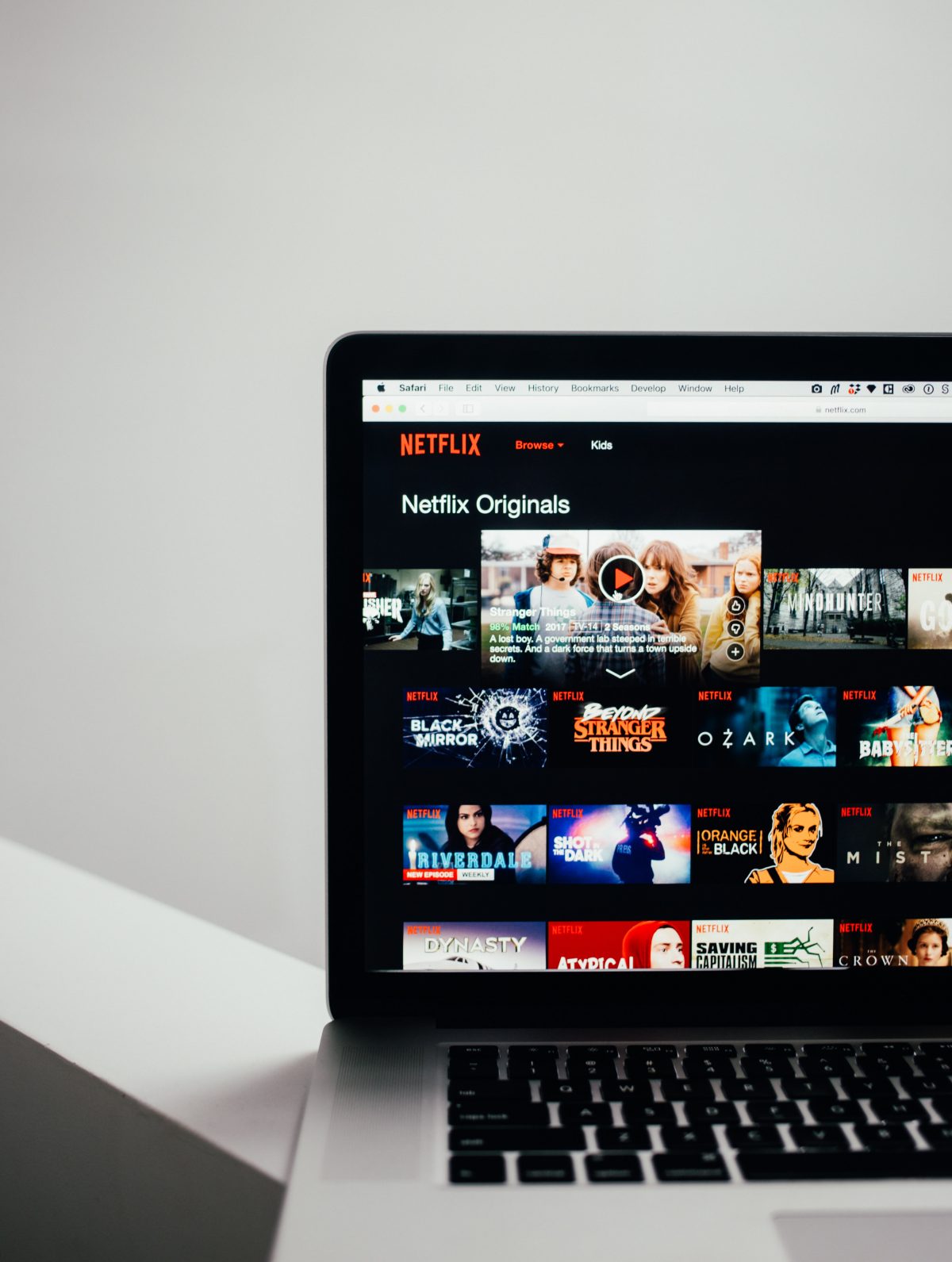Digital Insights
Marketing Lessons Amid Netflix’s Supposed Doom
Published
5 years agoon

Netflix is a powerhouse that continues to amaze marketers. However, in response to recent news, a Forbes article outlines Netflix’s doom. True enough or too hasty?
Netflix has to let go of its top shows. HBO, Disney and NBC Universal will launch their own streaming services and will take what’s theirs.
Friends goes to HBO Max, set to launch in 2020. Friends is owned by Warner Media, which was bought by AT&T, which owns HBO and the coming HBO Max, which already has me frothing at the mouth for Game of Thrones alone, not to mention Westworld, Chernobyl, and True Blood!
The Office, another Netflix top attraction, goes to NBC Universal. And all the Disney movies currently in Netflix will go to Disney+, set to launch November 2019.
Only two months ago, Forbes had Netflix in its Most Valuable Brands list at #38, with a market cap of $157.3B. But was it too quick to spell out Netflix’s doom?
Netflix has data and they use it
The dollar numbers in the Forbes article is staggering, and we won’t look at the money here, being marketers rather than financiers.
But if you haven’t noticed yet, Netflix has robust data intelligence on its users. Because it’s a streaming service, it doesn’t hold the same data like Facebook does. No, Netflix simply knows what you like to watch, and Netflix keeps you hooked accordingly.
For example, you like rom-coms, romances, and period pieces. Your friend likes political intrigue and documentaries. Netflix might push The Crown to both of you, but you and your friend would see very different previews, posters and thumbnails.
You might see a photo of Claire Foy at her most queen-like in a gown and tiara, and your friend might see a photo of the Palace of Westminster, John Lithgow as Churchill, or perhaps a bunch of men looking very… political.
That’s how Netflix successfully pushes their content to viewers. Everything is customized and targeted. They might have lost their former CMO–and there were rumors back in March that Netflix might lose its touch– but Netflix hasn’t.
Netflix implements killer marketing
Despite the change in leadership, Netflix’s marketing continues to be the leader among the pack of other streaming services when it comes to marketing innovations.
Forbes was quick to spell doom and gloom with Disney and HBO joining the fray–and admittedly, these two companies are getting a huge chunk of Netflix’s top content– but Netflix isn’t green to competition. Amazon Prime Video and Hulu are also big Netflix competitors. And they lag behind Netflix.
Why? Netflix has killer marketing.
Just look at their social media accounts and you’ll see their irresistibly authentic voice. Every humorous or casual post is obviously made with care, no matter how quick-witted it seems.
Netflix takes what they know about you and they use it. For example, Stranger Things is promoting its third season with especially targeted videos like this one:
Millie Bobby Brown vs. Philippine Monsters
Move over, Mind Flayer. Millie Bobby Brown’s fighting the new monster in town: the manananggal.
Posted by Netflix on Wednesday, July 10, 2019
And they promoted Jo Koy’s new comedy special coinciding with the Philippine Independence Day with this video:
Jo Koy would like to wish you a Happy Independence Day.
Posted by Netflix on Wednesday, June 12, 2019
They knew I’m Filipino, and they knew I watched (and rewatched) Stranger Things and Jo Koy, and they made sure I’d watch Stranger Things 3 and Jo’s new special!
They also match their content promotion to their show’s subtleties. Jo Koy’s comedic video above seems easy because he’s half-Filipino, but more than half of Jo’s content is composed of Filipino-isms. The video is not at all a cheap gimmick in an attempt to lure Filipino viewers. It’s genuinely, recognizably Jo Koy.

As another example, Netflix subtly promoted Orange is the New Black with an article in The New York Times, no less. Underneath its potent and at-times really black humor, Orange is the New Black has all the personal, political and social heft you’d expect in a show set in a federal prison.
Accordingly, Netflix’s article on the NY Times is about women inmates. It’s not incongruous to the NY Times, and it’s in keeping with Netflix’s authentic omnipresence: they’re sending you push notifications, they’re slinging casual banter on Twitter, and they’re on the NY Times with an eye-opening piece on women’s lives and experiences in correctional facilities.

Netflix is also a king of social listening. Aside from the fact that Netflix continues to acquire shows people request (provided they can acquire the show), Netflix also listens to fans and commissions additional seasons for shows that networks cancel. The fanbase is always grateful!
Netflix also remains aware of subscribers beyond what they choose to watch. When Netflix found out that many of their viewers fall asleep while bingeing on their shows, Netflix made Netflix Socks.
These socks pause the show you’re watching when you nod off. This saves you from spoilers when you wake up and your show is several episodes ahead! You can make it yourself. Netflix tells you how here.
The Netflix app also goes back to the homepage when you’ve paused your current show for too long. Assuming you’ve conked out, you’re safe from accidentally playing the video, either through a body twitch or because of your cats.
Netflix has great content

All the best marketing in the world won’t make up for lousy content. What with Disney, HBO and NBC pulling their content for their own streaming services, these companies still have to make their content worth the subscription.
They could do worse than stand on the foundation Netflix has built.
Netflix’s curated and original content are everything its audiences want to see. Netflix is still ahead of its current competitors (Hulu and Amazon Prime) when it comes to content. Other companies recognize this. Even Microsoft has teamed up with Netflix for a cross-promotion win-win. Both names are currently so big and with a huge base it’s not clear who paid who!
Netflix makes sure they have something for everyone. Stranger Things is as different from The Crown as a banana from a burger, and yet Netflix has them both, rocks them both, and shows no sign of stopping in spending billions on quality content.
They’re sourcing from novels and comic books, and their inclusivity and range are phenomenal.
A romance series is in the pipeline, based on Julia Quinn’s bestselling Bridgerton series. This makes you say, “Of course,” because it’s spearheaded by Shondaland.
On the other hand, they’ve also acquired Trese, a story about a girl who helps out the local police and hunts naughty tikbalangs and other monsters of the Philippine mythology.
This might make people raise eyebrows skeptically. But this showcases Netflix’s sense of adventure and marketing acumen, because Neil Gaiman himself spoke highly of Philippine mythology, and a good chunk of people active on social media–and Netflix–are Filipinos.
When pages want something viral, they do something about Filipinos! You can bet Netflix will continue to have support from Filipinos… and the other Asians, Americans, the LGBTQ community, the Mexicans and Spanish… The list goes on. Netflix capitalized on the popularity of Korean drama, yes, but they also have such rare gems from other countries.
Disney, NBC, HBO, whatcha got for us?
I’m not too fussed about those top shows moving away from Netflix. In my opinion, we should all consume far better content than, say, the repetitive and outdated (and unfunny) jokes in Friends. Netflix continues to churn out an exciting lineup of movies, documentaries and series, both cerebral and casual, with modern sensibilities that hold a mirror to society’s current shenanigans and celebrations.
To wrap it up, Netflix gathers data and listens to its audiences. Then they use that collective data to speak in an authentic voice in every marketing campaign, and in consistently delivering quality content and services.
Disney, NBC and HBO might not have this data yet. What they would have are statistics on dwindling cable subscriptions and ratings at the cinemas or networks, which do not necessarily translate into online streaming preferences. There’s a big difference between what I would get out of the house to see versus what I would sink my teeth into while I decompress in bed on weekends.
They aim to capitalize on the online streaming audience who have abandoned their cable. These people have abandoned cable for a reason, so what will these networks-turned-to-streaming devices offer?
I am excited for some of their shows, but it’s not enough for me to dismiss Netflix as doomed. These companies may be giants, but how they handle customer service and customer attraction remains to be seen, whereas Netflix is a disruptor who has the data and reputation on online streaming and social listening, and might continue to surprise and thrill us–as viewers and as marketers, if they play their cards right.
The future of streaming

Thrilling us as viewers and marketers would come from Netflix using the data they have to attract and retain subscribers with features and services, not just content.
And these other networks should take note of that too. Pulling their content from Netflix and distributing it exclusively on their own is not enough to rake in subscriptions. Will streaming be a ridiculous version of cable where we all have to pay for each channel? Is this a digital age repeat of history?
In a thankfully bygone era, film production companies also each had their own theaters and these theaters exclusively showed their own movies.
The freedom to enjoy a specific film in the cinema nearest to us (or the one with the La-Z Boy chairs) comes from a landmark antitrust case in 1948, United States v. Paramount, where the Supreme Court ruled against exclusivity rights for movie studios and the theaters they choose to show their films.
Picture this: the same movie or show in multiple streaming services, with each service innovating on features to accompany that movie or show. People have choices on where to subscribe without losing out on what they want to watch. Victory comes from innovation and service, not exclusive content.
Around the globe but especially In Asia, exclusive content won’t fly anyway. Arr!
Another marketing lesson: you need good features and services, aside from good content.
Postscript: Streaming in Southeast Asia
Local streaming services are examples of competitiveness in features rather than content.
In the Philippines, our choices include iFlix, HOOQ, iWantTV (exclusive ABS-CBN shows), which may have taken a small chunk from Netflix’s audiences, but that’s still a good chunk.
These are budget-friendly, so they pull mostly students and employees who just want to catch up on series and local TV while away from home. They don’t have HD, which is a downside, but possibly because these services know their subscribers watch on phones or tablets.
Viu is free, but has ads even after you pay. Crunchyroll for anime lovers, but it’s cluttered. Navigation is the opposite of smart.
The Great Wall of SEA
Netflix’s power seems here to stay in SEA, or else SEA might rise up, copy the best of Netflix, leverage domestic users, and then make it difficult for Netflix. Case in point: Grab vs Uber!
As of this writing, North Korea and China don’t have Netflix, but they do have VPNs.
Again, it’s all about wanting your subscribers to pay for powerful VPNs! And again, in Asia, very few people bother to pay, me hearties!


